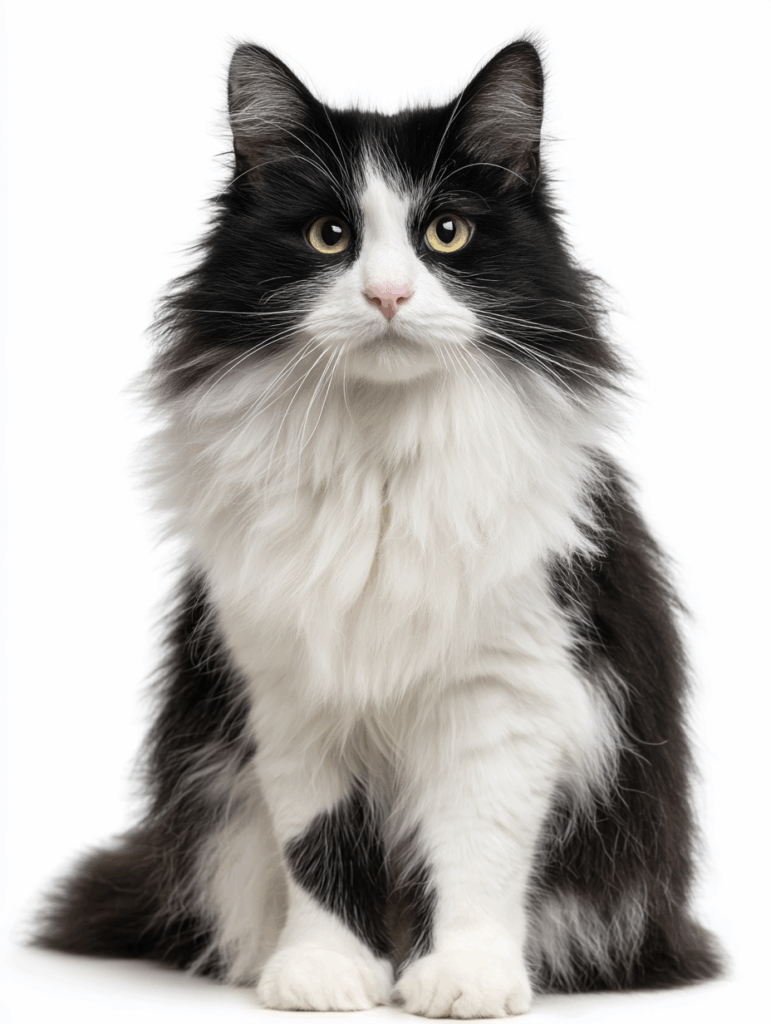
The Black and White Ragdoll: The Tuxedo Ragdoll Cat
When people picture a Ragdoll cat, they imagine soft blue eyes, creamy fur, and dark colorpoints. But not every Ragdoll follows the traditional mold. Some come dressed in something far more dramatic — a perfect black and white tuxedo coat.
Known as the black and white Ragdoll or tuxedo Ragdoll, these striking cats are part of the extended Ragdoll family recognized by TICA under the Cherubim classification, which includes non-pointed Ragdolls. Though they can’t compete in traditional show classes, they are purebred, pedigreed Ragdolls through and through — with the same easygoing temperament and signature silky coat.
Let’s explore what makes the black and white Ragdoll cat so unique, from its genetics and appearance to care, personality, and how to find an authentic kitten.
Black and White (Tuxedo) Ragdoll Overview
| Trait | Description |
|---|---|
| Breed Type | Purebred Cherubim Ragdoll (recognized by TICA) |
| Common Name | Black and White Ragdoll or Tuxedo Ragdoll |
| Coat Pattern | Black body with white chest, paws, and face markings |
| Coat Type | Semi-long, soft, and silky |
| Eye Color | Gold, green, or aqua depending on genetics |
| Temperament | Calm, affectionate, and people-oriented |
| Rarity | Uncommon compared to traditional colorpoints |
| Kittens Born | Fully pigmented black and white Ragdoll kittens at birth |
| Registry | Accepted by TICA as part of the Cherubim Ragdoll group |
| Lifespan | 12–16 years with proper care |
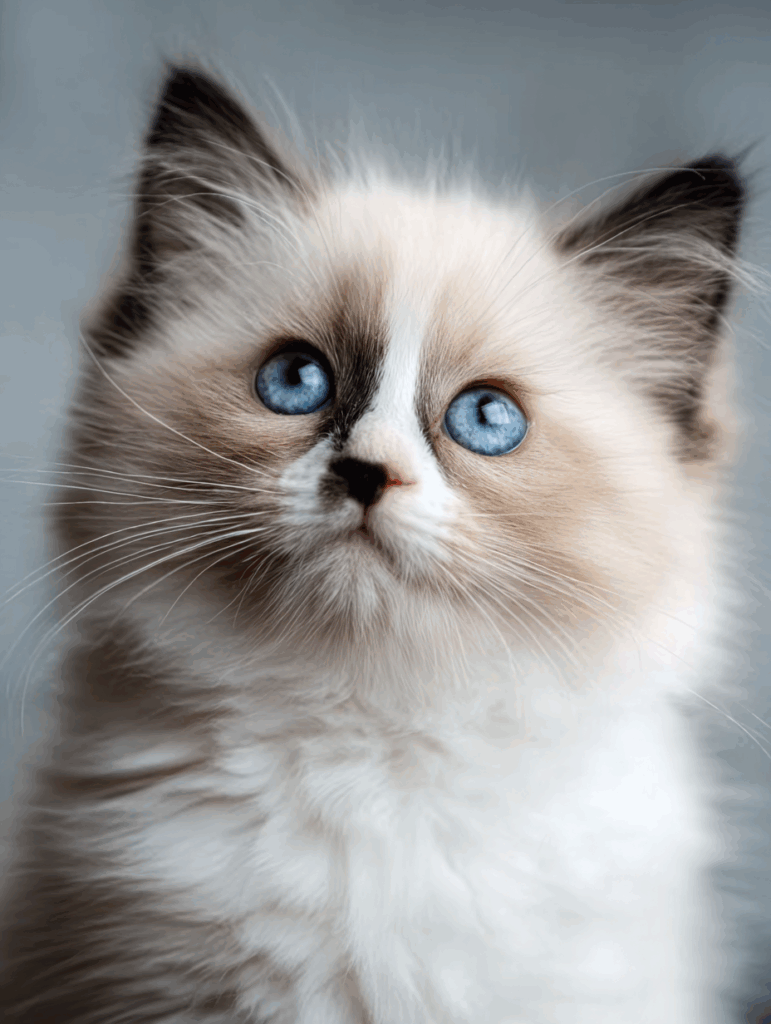
Searching for a Cute Ragdoll Kitten?
If you are here to find your very own Ragdoll baby, check out our Purebred Ragdoll Kittens for Sale.
At Almonte Cats, every kitten is:
- TICA / CFA registered from fully health-tested parents
- Raised in-home for confident, affectionate temperaments
- Vet-checked, vaccinated, and microchipped before going home
Reserve early — our litters are produced in limited numbers each year to preserve quality and true Ragdoll type.
View Available Kittens & Apply Here
Can Ragdolls Be Black and White?
Yes. While traditional Ragdolls are pointed (seal, blue, chocolate, lilac, flame, or cream), some lines carry full-color genes that express pigment across the entire coat. These non-pointed cats fall under TICA’s Cherubim Ragdoll group, which includes solids, minks, and sepias.
A black and white Ragdoll is a solid (non-pointed) cat that happens to carry white spotting patterns — usually tuxedo, bicolor, or van. That means the black pigment covers most of the coat, while the chest, belly, and sometimes paws stay bright white.
The tuxedo pattern isn’t a separate breed — it’s simply a color expression within the Ragdoll gene pool.
What Is a Tuxedo Ragdoll?
The term tuxedo Ragdoll refers to any Ragdoll with symmetrical black and white markings that resemble a formal suit — black body, white bib, and white “gloves.” The look is both elegant and playful.
Typical features include:
- Jet-black coat with crisp white chest and belly
- White paws or “mittens”
- Possible white blaze or stripe on the face
- Long, plush tail that may show a touch of grey or smoke under sunlight
Because of their distinctive contrast, tuxedo Ragdolls often appear almost cartoonishly expressive — a black-and-white version of the breed’s famously photogenic appearance.
Are Black and White Ragdolls Purebred?
Yes. As long as both parents are registered Ragdolls, a black and white Ragdoll is purebred. The only difference is color genetics, not lineage.
Under TICA, these cats are registered as Cherubim Ragdolls. The Cherubim group ensures that non-pointed colors like black, blue, chocolate, and smoke remain part of the same Ragdoll gene pool. This allows breeders to track pedigrees and maintain the Ragdoll’s health and structure while offering a wider range of colors.
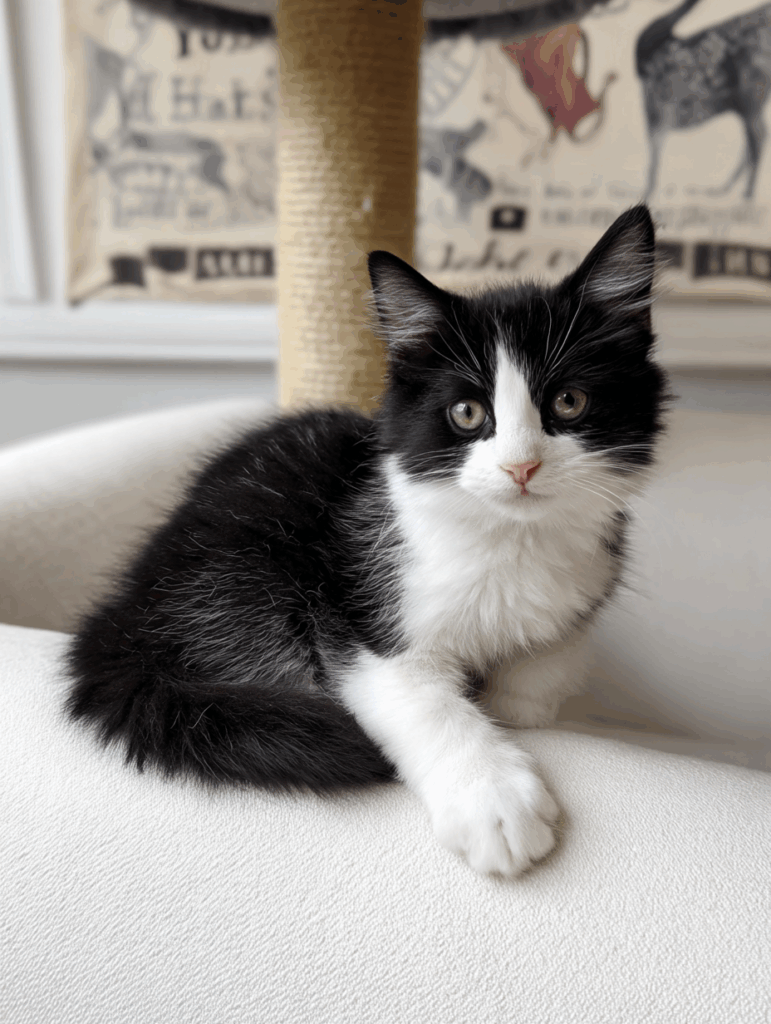
Black and White Ragdoll Kitten Appearance
A black and white Ragdoll kitten is born with full pigment, unlike pointed kittens that start white and darken over time. From birth, you’ll see clear black and white markings that stay consistent as the kitten grows.
Common tuxedo patterns include:
- Classic tuxedo: Black body, white chest and paws
- Bicolor tuxedo: White face blaze, chest, belly, and partial legs
- Van pattern: Mostly white with black on the head and tail only
As kittens mature, their coats grow longer and silkier, eventually forming the full, plush drape that defines the Ragdoll breed. See Ragdoll Breeders Near Me for more info.
Personality and Temperament
Whether solid, pointed, or mink, all Ragdolls share the same hallmark temperament — affectionate, relaxed, and deeply people-focused.
Black and white Ragdolls:
- Follow their owners from room to room
- Love gentle play and interactive toys
- Often flop into your arms when picked up
- Adapt beautifully to homes with children or dogs
They are quiet, intuitive cats that thrive on companionship. Despite their bold coloring, their nature is famously soft.
Eye Color in Black and White Ragdolls
Traditional pointed Ragdolls have vivid blue eyes, but black and white Ragdolls can display a wider palette:
- Gold or amber
- Green
- Aqua (in mink variants)
Eye color depends on genetic expression rather than coat color. A tuxedo Ragdoll kitten may develop deeper tones as it matures, with full pigmentation settling around 6–8 months.
The Genetics Behind Black and White Ragdolls
A Ragdoll’s color depends on two main factors:
- The color gene — determines base pigment (black, chocolate, etc.)
- The colorpoint gene (cs) — temperature-sensitive, limits pigment to cooler body areas
Traditional Ragdolls have the cs/cs genotype (colorpoint).
Black and white Ragdolls have full-color genes (C/C) plus a white spotting gene (S), creating the tuxedo pattern.
This combination explains why they have solid black fur mixed with white patches instead of the faded points seen in standard Ragdolls.
Black and White Ragdoll Cats in TICA
TICA registers black and white Ragdolls as Cherubim Ragdolls, acknowledging their purebred heritage and consistent type. They are not eligible to compete in the traditional colorpoint Ragdoll show classes but are recognized in registration and exhibition categories such as New Traits or Household Pet.
This recognition is important — it means black and white Ragdolls are legitimate members of the Ragdoll breed, not separate or mixed cats.
How Rare Are Black and White Ragdolls?
They’re considered uncommon because most breeders focus on traditional pointed kittens for show and competition. However, some catteries — including high-standard Cherubim breeders — preserve solid and tuxedo lines to maintain genetic diversity.
Their rarity, paired with their dramatic appearance, makes the tuxedo Ragdoll especially desirable among pet owners seeking something distinctive yet true to Ragdoll temperament.
Grooming and Coat Care
The black and white Ragdoll cat has the same long, silky coat as other Ragdolls, but darker fur can show dust or dandruff more easily.
Simple care tips:
- Brush two to three times a week
- Use a stainless-steel comb or slicker brush
- Keep white areas bright with pet-safe grooming wipes
- Avoid harsh shampoos that dull the black sheen
With regular grooming, their coat feels like velvet and keeps its clean, tuxedo-sharp contrast.
Health and Lifespan
As purebred Ragdolls, tuxedo Ragdolls share the same excellent health outlook when bred responsibly. Ethical breeders screen for:
- HCM (Hypertrophic Cardiomyopathy)
- PKD (Polycystic Kidney Disease)
Lifespan typically ranges from 12 to 16 years, with some living even longer when given high-quality nutrition and veterinary care.
Finding a Black and White Ragdoll Kitten
Because black and white Ragdoll kittens are not mass-produced, it’s best to reserve early. Look for breeders who:
- Register with TICA or CFA
- Provide health testing and pedigree verification
- Raise kittens in-home for proper socialization
Avoid “rare color” online sellers who lack paperwork — many scams use tuxedo photos of mixed cats labeled “Ragdoll.”
At reputable catteries like Almonte Cats, black and white kittens are occasionally available from Cherubim Ragdoll lines, raised with the same care and health guarantees as traditional colors. Always look for an ethical Ragdoll Breeder when searching for a black and white Ragdoll kitten for Sale.
Tuxedo Ragdolls vs. Traditional Ragdolls
| Feature | Tuxedo / Black & White Ragdoll | Traditional Ragdoll |
|---|---|---|
| Registry Class | Cherubim (Non-pointed) | Traditional (Pointed) |
| Pattern | Black with white bib and paws (tuxedo) | Light body with darker points |
| Eye Color | Gold, green, or aqua | Blue |
| Recognition | TICA Cherubim registration | TICA & CFA Ragdoll standard |
| Temperament | Same loving, gentle Ragdoll nature | Same loving, gentle Ragdoll nature |
| Show Eligibility | New Traits or Household Pet classes | Full Ragdoll show divisions |
| Rarity | Uncommon, limited availability | Widely bred |
Are Black and White Ragdolls the Same as Bicolor Ragdolls?
No. Traditional bicolor Ragdolls are still colorpointed — they have pale bodies with darker ears and tails.
Black and white Ragdolls, by contrast, are fully pigmented and belong to the Cherubim group. Their tuxedo markings aren’t temperature-based but caused by the white spotting gene.
Why Tuxedo Ragdolls Are Gaining Popularity
Social media has helped make tuxedo Ragdolls a sensation. Their expressive eyes, soft features, and formal-wear pattern photograph beautifully. Yet beyond looks, owners fall for the same traits Ragdolls are known for — calmness, affection, and loyalty.
They’re proof that elegance comes in many colors.
Frequently Asked Questions About Black and White (Tuxedo) Ragdoll Cats
Can Ragdoll cats be black and white?
Yes. Ragdolls can be black and white when they inherit full-color genes instead of the colorpoint gene. These cats fall under the Cherubim Ragdoll category recognized by TICA. Their coats show both black pigment and white spotting — commonly in the tuxedo pattern.
What is a tuxedo Ragdoll?
A tuxedo Ragdoll is a black and white Ragdoll with crisp markings that resemble a formal suit — black body, white bib, and white paws. The term “tuxedo” describes the pattern, not a separate breed.
Are black and white Ragdolls purebred?
Yes. A black and white Ragdoll is purebred if it descends from registered Ragdoll parents. The difference is color expression — not lineage. TICA registers these cats as Cherubim Ragdolls, confirming their pedigree.
What eye color do tuxedo Ragdolls have?
Because tuxedo Ragdolls don’t carry the colorpoint gene that creates blue eyes, their eye colors include gold, copper, green, or aqua. The shade deepens as kittens mature.
Are black and white Ragdoll kittens born dark?
Yes. A black and white Ragdoll kitten is born with visible markings that stay consistent for life. Their tuxedo pattern is fully formed at birth, unlike pointed kittens that change color with age. See Black Ragdoll cat prices here.
Are tuxedo Ragdolls recognized by TICA?
Yes. TICA recognizes non-pointed Ragdolls, including tuxedo and black and white coats, as Cherubim Ragdolls. They can be registered, bred, and shown in appropriate divisions, even though they aren’t part of the traditional pointed Ragdoll standard.
What is the difference between a tuxedo Ragdoll and a bicolor Ragdoll?
A bicolor Ragdoll is a pointed cat with a pale body and darker face and tail.
A tuxedo Ragdoll is solid black with white spotting, not point-restricted. Both share identical build and temperament.
Do black and white Ragdolls have the same temperament as pointed Ragdolls?
Absolutely. Coat color doesn’t affect personality. Black and white Ragdolls are calm, affectionate, and people-oriented — just like traditional blue-eyed Ragdolls.
Are black and white Ragdolls rare?
Yes. Most breeders focus on show-eligible pointed colors, so tuxedo Ragdolls are less common. They’re often reserved early because of their dramatic contrast and photogenic looks. See ragdoll colors and coat patterns.
How do I find a reputable black and white Ragdoll breeder?
Look for breeders who:
- Register kittens with TICA or CFA
- Provide health testing and pedigree documentation
- Raise kittens in-home for proper socialization
Avoid online listings advertising “rare tuxedo Ragdolls” without registration — these are often mixed breeds or scams. See Ragdoll Breeders near me for more info.
How long do tuxedo Ragdolls live?
With responsible breeding and proper care, black and white Ragdolls live 12–16 years on average, sharing the same excellent longevity as traditional Ragdolls.
Are tuxedo Ragdolls good with kids and dogs?
Yes. Ragdolls are famously adaptable and gentle. Their calm demeanor and tolerance make them excellent companions for families and multi-pet homes.
How can I tell if my black and white cat is a true Ragdoll?
True Ragdolls have:
- A large, semi-longhaired body
- Soft, silky coat
- Relaxed “floppy” temperament
- Documented pedigree
If your cat matches those traits but lacks blue eyes or colorpoints, it may be a Cherubim (tuxedo) Ragdoll.
Summary
The black and white Ragdoll cat, also known as the tuxedo Ragdoll, combines the breed’s classic grace with a dramatic coat pattern.
Recognized by TICA as a Cherubim Ragdoll, these cats are purebred, registered, and equally affectionate as their pointed relatives.
From playful black and white Ragdoll kittens to fully grown tuxedo adults, they embody everything people love about the breed — intelligence, loyalty, and that irresistible Ragdoll “flop.”
A tuxedo Ragdoll may wear black and white, but its heart is pure gold.
Related Articles
🧾 Sources & References
- The International Cat Association (TICA) – Ragdoll & Cherubim Breed Standards
🔗 https://tica.org/breeds/browse-all-breeds?view=article&id=859 - Cat Fanciers’ Association (CFA) – Ragdoll Breed Profile
🔗 https://cfa.org/ragdoll/ - Ragdoll Fanciers Club International (RFCI) – Ragdoll Color Information
🔗 https://rfci.org/ - Messybeast Cat Genetics – Black, White, and Bicolor Patterns
🔗 https://www.messybeast.com/genetics.htm - Almonte Cats – Cherubim Ragdolls and Tuxedo Lines
🔗 https://almontecats.com
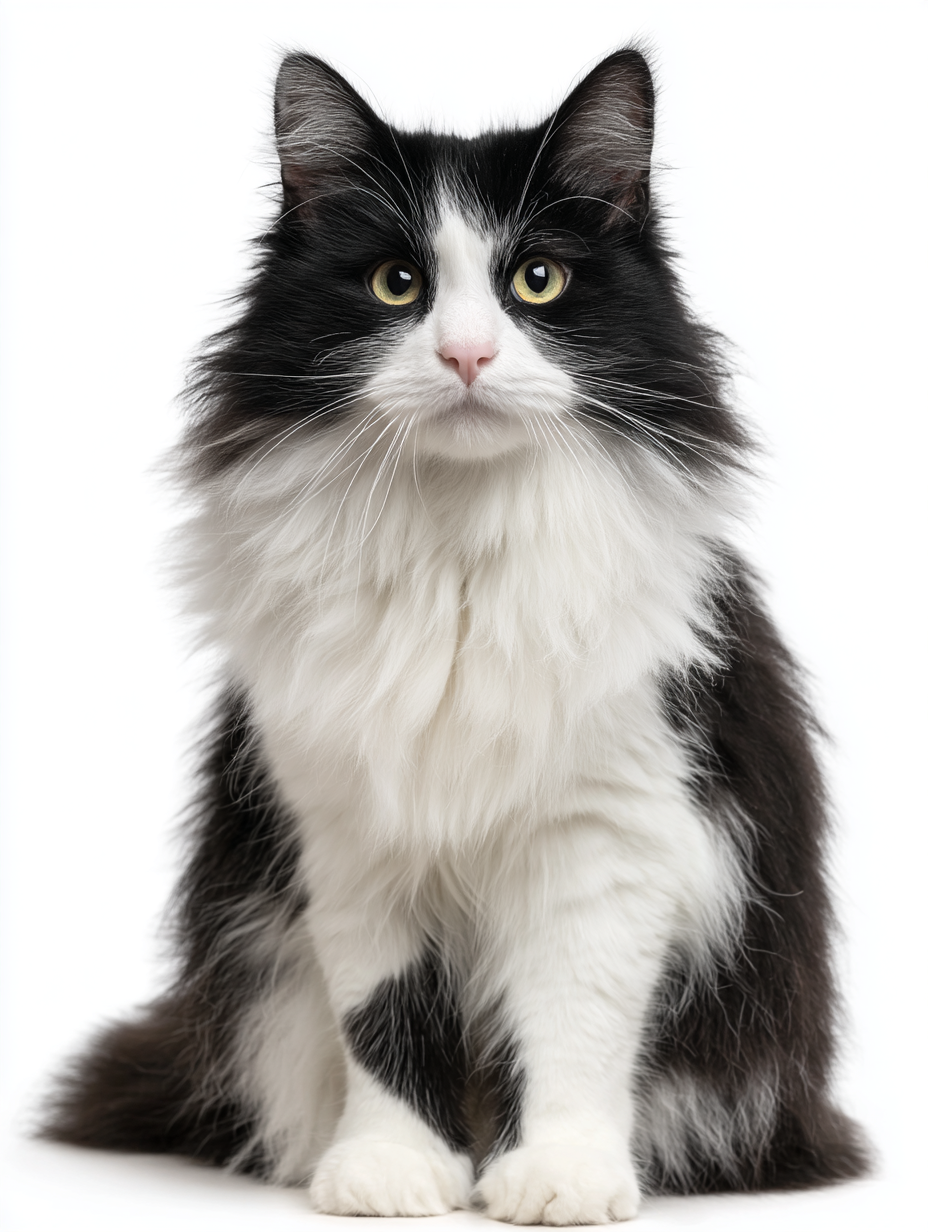
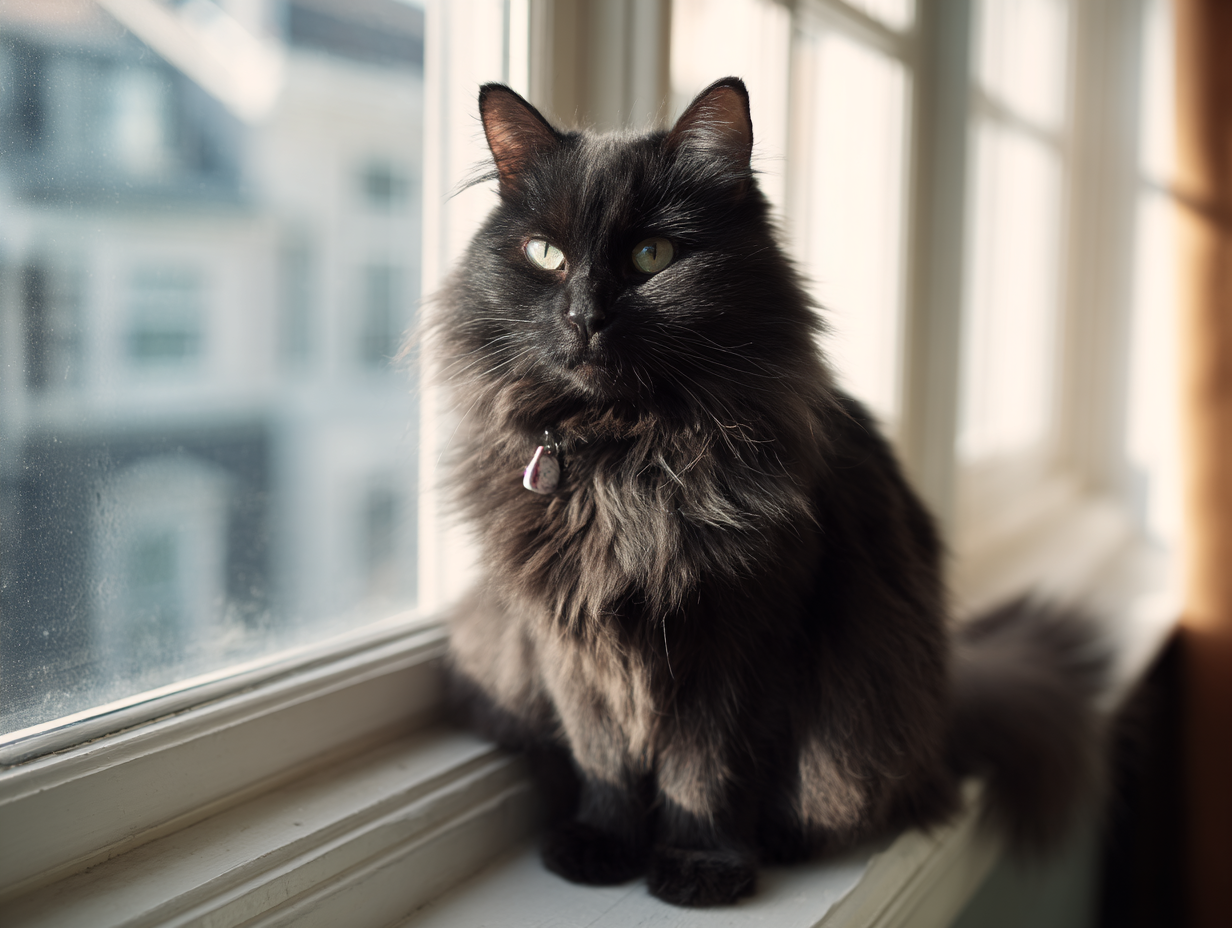
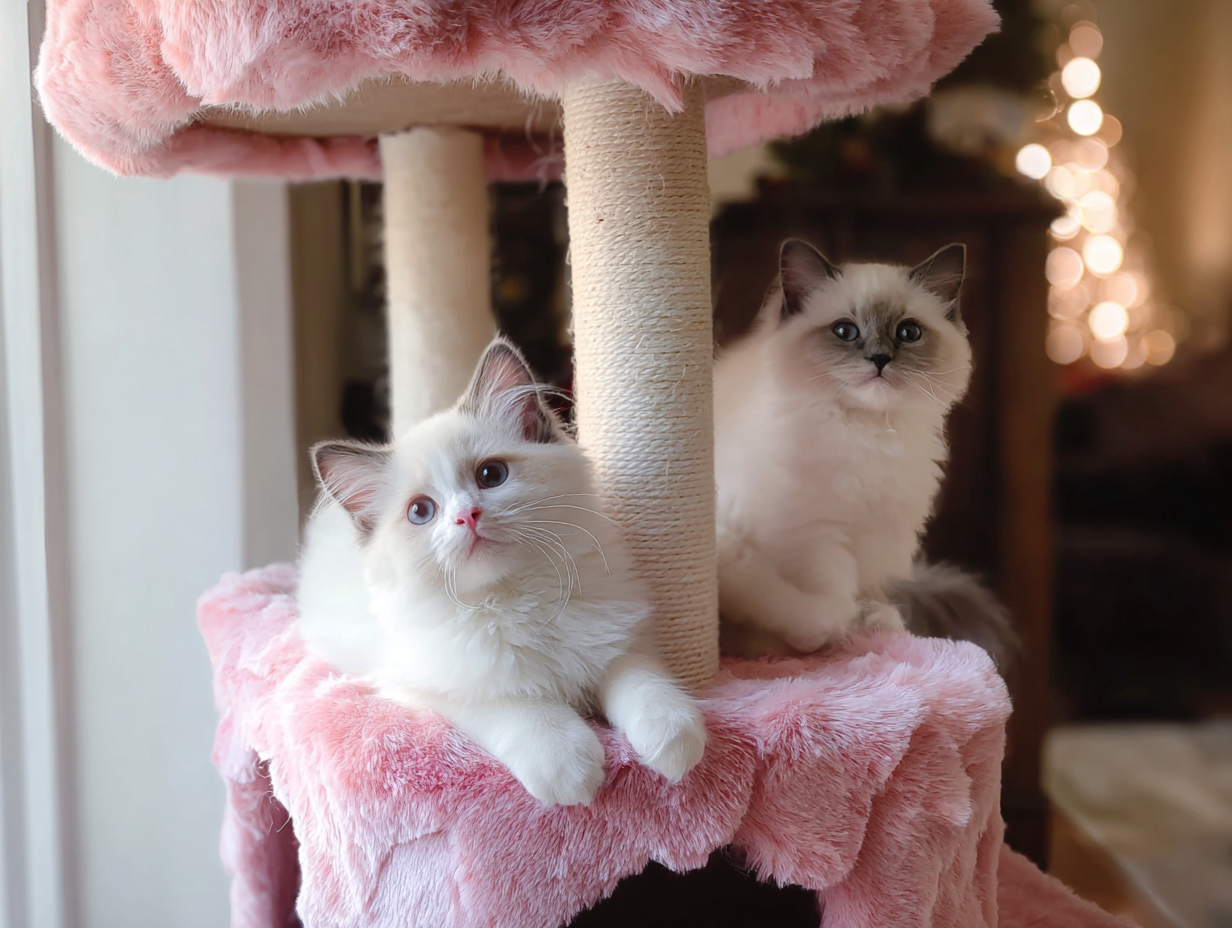
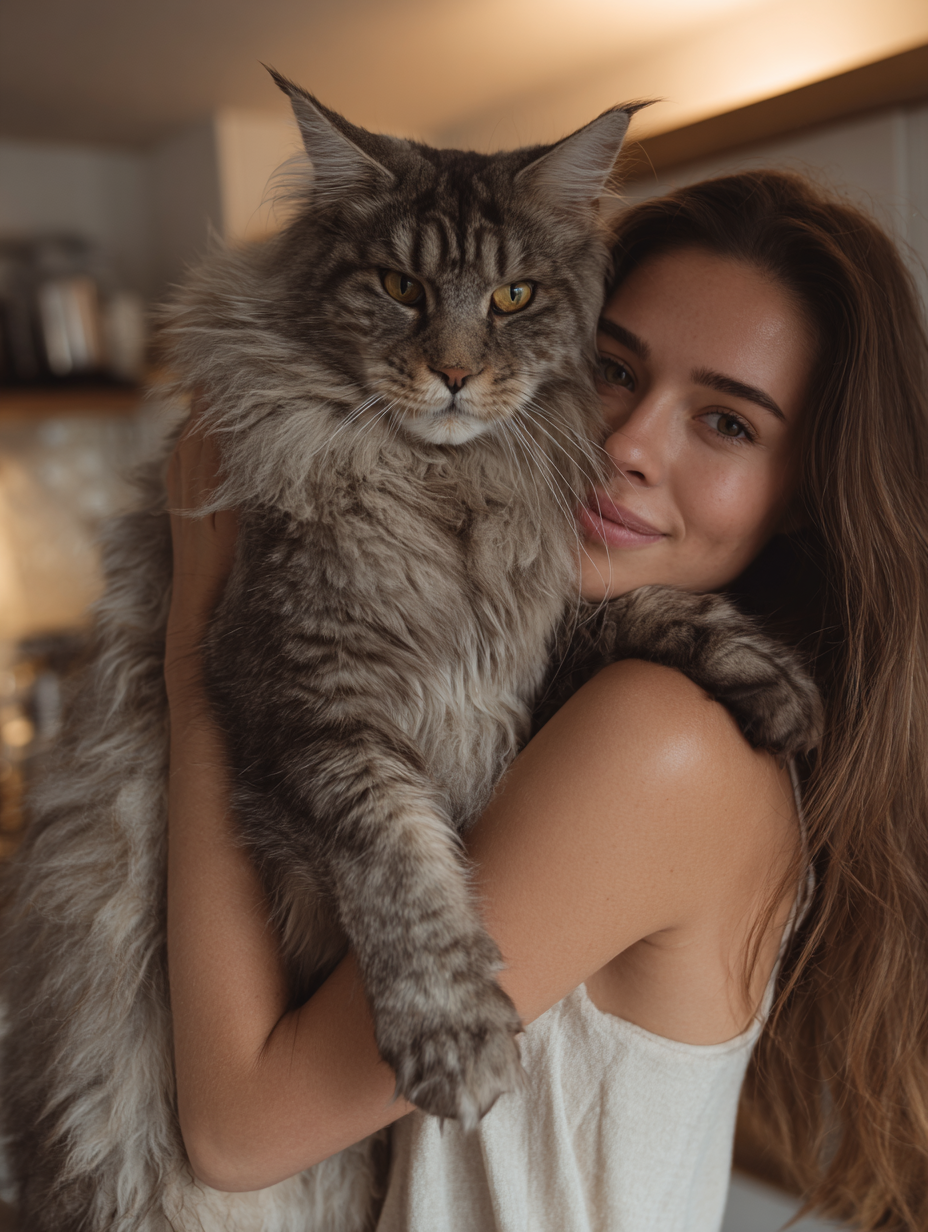

Read the Comments +